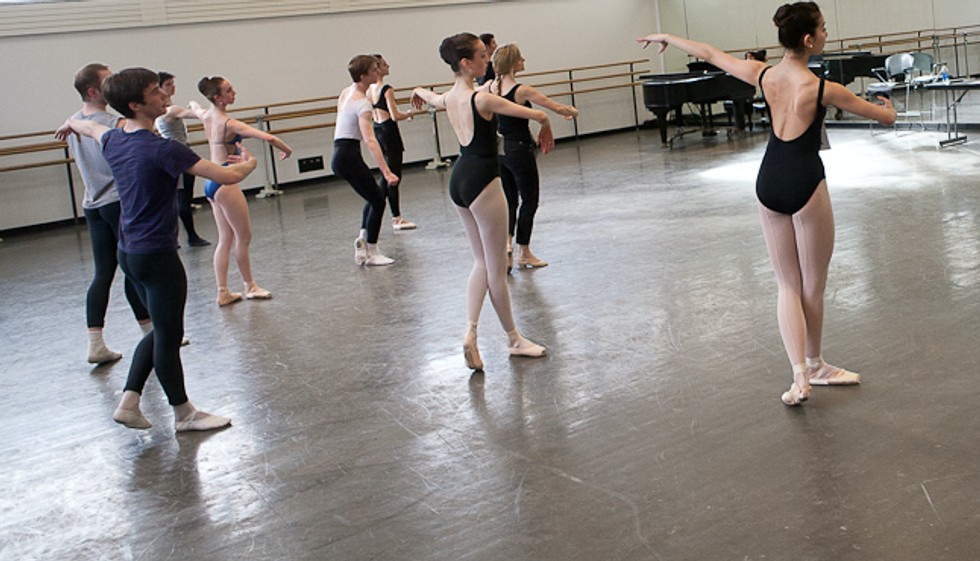Picking up choreography quickly is a crucial skill for any dancer. Feeling lost in class or struggling to remember combinations can be frustrating. But don’t worry, there are strategies you can employ to accelerate your learning process. This article explores the science behind movement acquisition and provides actionable tips on How To Learn A Dance Fast.
Many dancers experience the frustration of watching others seemingly grasp choreography effortlessly while they struggle to keep up. This feeling of inadequacy is common, but understanding the neurological processes involved in learning movement can help alleviate some of the anxiety.
The brain translates visual information into motor commands, sending signals to the spinal cord and muscles. Simultaneously, sensory organs in the muscles provide feedback to the brain in a complex process called praxis. This involves ideation (conceptualizing the movement), motor planning (organizing and sequencing the actions), and execution (performing the movement).
A potential breakdown in this process can occur between motor planning and execution, especially when timing is critical. While understanding the general idea of the choreography, the specific details might get lost in translation. This is where targeted practice strategies can be incredibly beneficial.
Effective Strategies for Faster Dance Learning
Here are some practical techniques to help you learn dance routines more efficiently:
1. Leverage Technology:
Use your smartphone to record classes, allowing you to review the choreography at your own pace. YouTube tutorials and voice memos can also be valuable resources for reinforcing steps and sequences.
2. Don’t Hesitate to Ask for Help:
If you need clarification, don’t be afraid to ask the instructor to repeat a section. They appreciate your engagement and understand that others likely have the same questions. Seek help from advanced classmates for additional review after class.
3. Write it Down:
The act of writing down the sequence, combined with saying the steps aloud, can significantly enhance memorization. This multi-sensory approach reinforces learning.
4. Avoid Marking:
While marking can be helpful for conserving energy, try to practice full out as much as possible to solidify the movements and build muscle memory. If you must mark, engage your hands fully.
5. Diversify Your Dance Training:
Taking classes in various dance styles improves your overall coordination, body awareness, and ability to learn new movement patterns. Cross-training strengthens your foundation and prepares you for diverse choreographic challenges.
6. Embrace Individual Learning Styles:
Remember that everyone learns differently. Communicate your needs to your instructor. They might offer personalized suggestions that benefit not only you but other students as well.
By understanding the science behind movement acquisition and implementing these practical strategies, you can overcome the frustration of slow learning and confidently tackle new choreographic challenges. Remember, consistent practice and a proactive approach are key to achieving your dance goals.

